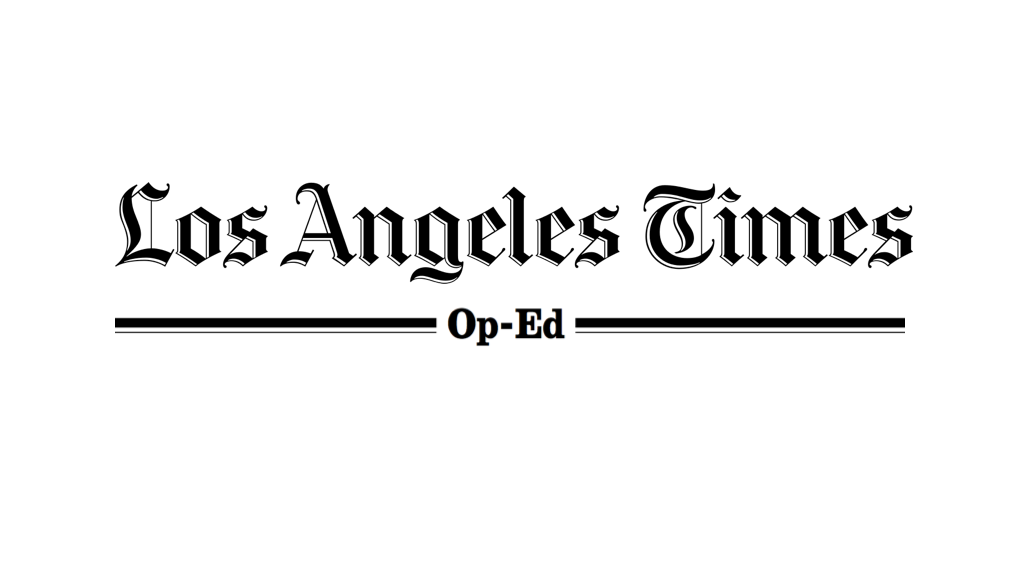Chevron’s Refinery, Richmond’s Peril.

Stay inside, close your windows and doors, and turn off air conditioning and heating units. Pets and all children in sporting activities should be brought inside, and have duct tape ready should you need to further seal windows and doors.
These are among the “shelter in place” warnings made to Bay Area residents last week in response to a massive fire at the Chevron Corp. refinery in Richmond. The fire burned out of control for more than five hours, sending a giant black cloud of toxic chemicals, including sulfur dioxide and nitrogen oxide, thousands of feet into the air and out across the bay. While automated calls went to more than 18,000 people, some 160,000 residents live in the areas directly affected by the warning. More than 5,700 people have sought medical treatment.
Chevron is the world’s eighth-largest corporation and hands-down the largest in California. The Richmond refinery is also the state’s single largest contributor to greenhouse gas emissions, having released 4.5 million metric tons of greenhouse gases in 2010 alone.
Built in 1902, the refinery shows its age. Rather than use its $27 billion in 2011 profits to run the cleanest, safest and most transparent refinery possible, Chevron operates a refinery that is in constant violation of federal and state law and a daily threat to the health and safety of its workers and neighbors.
More than 25,000 people, including those in two public housing projects, live within just three miles of the refinery. Nearly 85% of the residents live below the federal poverty line; the same percentage is listed as “minorities” according to the U.S. Census. Within one mile of or abutting the refinery are businesses, houses, an elementary school and playgrounds.
Since at least April 2009, the refinery has been in noncompliance of the Clean Water Act and the National Pollutant Discharge Elimination System in every quarter but one. Until July 2010, the refinery had been in “high-priority violation” of Clean Air Act compliance standards, the most serious level of violation noted by the EPA, since at least 2006. Under constant pressure from community organizations, Chevron has been assessed hundreds of thousands of dollars in penalties for repeated Clean Air Act violations — nearly 100 citations in just the last five years, including 23 in 2011 alone.A 2008 study by UC Berkeley and Brown University researchers concluded that the air inside some Richmond homes was more toxic than that outside because of harmful pollutants from the refinery being trapped indoors.
The Contra Costa County Health Services Department lists the residents of Richmond as one of the “most at-risk groups” in the county: They are hospitalized for chronic diseases at significantly higher rates than the county average, including for female reproductive cancers, which are more than double the county rate. Chevron is one of four refineries in Contra Costa County where nearby incidence of breast, ovarian and prostate cancers are the second highest in California, and where nearby residents suffer higher rates of asthma, childhood asthma and asthma-related deaths.
The Aug. 6 fire is the third major disaster at the refinery in 12 years, each caused by an old leaking pipe. In January 2007, an explosion rocked the refinery, leading to a five-alarm fire. A leaking corroded pipe “that should have been detached two decades ago,” according to investigators, was to blame. In 1999, an 18,000-pound plume of sulfur dioxide smoke was released after an explosion caused by a leak in a pipe that was more than 30 years old.
But neither Richmond nor Chevron is alone. The U.S. Chemical Safety Board, an independent federal agency that investigates major incidents at oil refineries, concluded last month that nationwide safety at U.S. refineries has not improved, despite scores of fatalities, over the last decade, and won’t until companies develop better safety systems.
In a 2007 report about BP’s 2005 Texas City oil refinery disaster, which killed 15 workers, the board warned of a pervasive “complacency toward serious safety risks” across the leading oil companies’ refinery operations. It called on the Occupational Safety and Health Administration to “require these corporations to evaluate the safety impact of mergers, reorganizations, downsizing and budget cuts.”
This year so far, serious oil refinery fires have broken out at a ConocoPhillips refinery in Los Angeles, twice at one BP refinery in Indiana, and in Louisiana, Oklahoma, Tennessee, Washington and at other locations. Using industry-reported data, the United Steelworkers estimates that at least one fire occurs every week at a U.S. oil refinery. Operating in noncompliance with federal and state regulations, moreover, appears to be all-but-standard operating procedure across the industry.
Oil industry operations are not clean, safe or healthful. But they can certainly be far cleaner, safer, more healthful and more transparent than current industry practice.
Big Oil is the wealthiest industry the world has known. The companies can and must be forced through stricter federal and state regulation, aggressive enforcement and direct community and worker oversight to be held to the highest possible standard, including current law.
Richmond has always been a company town. But in 2006 its residents rebelled, rejecting Chevron’s handpicked political candidates and electing as mayor the Green Party’s Gayle McLaughlin. State and federal officials who serve as the industry’s handmaidens should anticipate an even broader rebellion as the outcome of this latest tragic, yet painfully predictable, oil company disaster.
